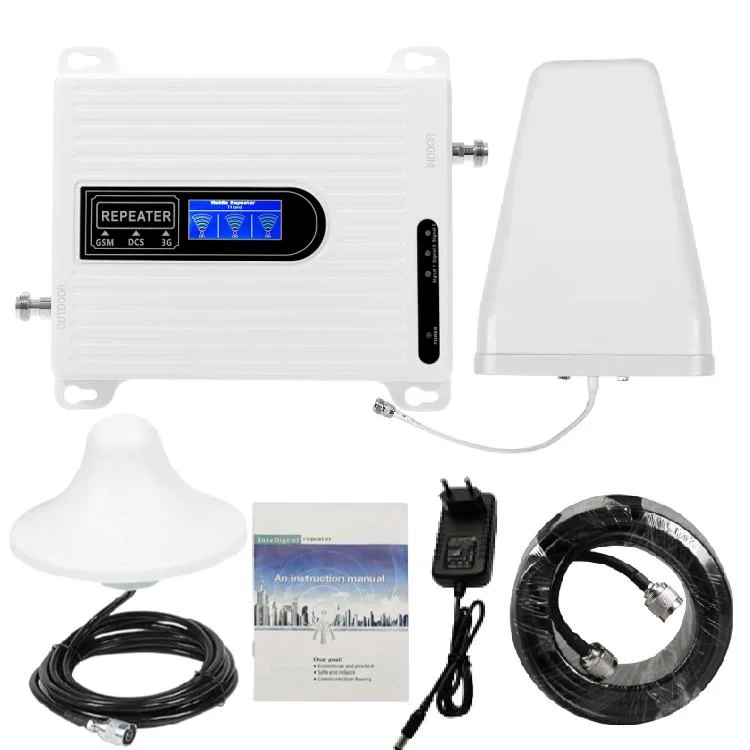MOBILE NETWORK BOOSTER MUMBAI AND NAVI MUMBAI
MOBILE SIGNAL BOOSTER IN MUMBAI & THANE
SIGNAL BOOSTER DEALER IN MUMBAI

SIGNAL BOOSTER WHOLESALER IN MUMBAI & NAVI MUMBAI
MOBILE SIGNAL BOOSTER INSTALLATION IN MUMBAI
MOBILE SIGNAL BOOSTER WIRE & ANTENNA DEALER
MOBILE SIGNAL BOOSTER FOR HOME
SIGNAL BOOSTER FOR OFFICE
In today’s fast-paced, hyper-connected world, the demand for mobile networking has skyrocketed. From smartphones and tablets to IoT devices, mobile networking machines are at the core of seamless connectivity. But what exactly is a mobile networking machine, and how does it keep us connected on the go? In this article, we’ll break down how mobile networking machines work and explore the essential technologies that power them.
What is a Mobile Signal Booster Machine?
A mobile networking machine refers to a portable device or system that enables wireless communication and data exchange over cellular networks, Wi-Fi, or other wireless systems. Examples of mobile networking machines include smartphones, tablets, mobile hotspots, and portable routers. These devices serve as essential tools for connecting to the internet from virtually anywhere, transforming how we work, communicate, and access information.
Core Components of a Mobile Network Booster Machine
Before diving into the working of mobile networking machines, let’s understand their primary components:
- Cellular Modem: The modem connects to cellular networks like 4G LTE, 5G, or even older technologies like 3G. It’s the bridge between the device and the carrier’s network.
- Wi-Fi Module: Many mobile networking machines also support Wi-Fi connectivity, allowing them to connect to nearby networks and share their internet with other devices.
- Antenna: The antenna is responsible for receiving and sending signals. Modern mobile devices often use multiple antennas for better signal quality.
- Processor: The processor (CPU) runs the operating system and handles various networking tasks, such as managing data packets and ensuring secure connections.
- Battery: Portability means these devices rely on battery power, making energy efficiency a critical aspect of mobile networking machines.
- SIM Card: The Subscriber Identity Module (SIM) card allows the device to authenticate on the carrier’s network and access cellular services.
How Does a Mobile Networking Machine Work?
Now that we’ve identified the key components, let’s explore how a mobile networking machine operates:
1. Signal Detection and Network Access
When you power on a mobile networking machine, the cellular modem automatically begins scanning for available networks. This process involves:
- Searching for the Nearest Cell Tower: The modem detects signals from nearby cell towers, connecting to the one with the strongest signal.
- Authenticating with the Network: The device uses the information on the SIM card to authenticate with the cellular network. This process ensures that only authorized users can access the network.
2. Data Transmission Over Cellular Network Booster
Once connected, the mobile networking machine can send and receive data over the cellular network. This is accomplished through a series of steps:
- Data Packetization: The data (emails, web browsing, etc.) is broken down into small packets by the device’s processor.
- Signal Modulation: The data packets are modulated into a specific frequency and sent to the cell tower.
- Routing and Switching: The cell tower sends the data packets to the carrier’s network, which then routes them to their destination (like a website’s server).
3. Switching Between Cellular and Wi-Fi Networks
Most mobile networking machines can switch between cellular and Wi-Fi networks for data. This capability allows users to save on cellular data and optimize speeds by connecting to a local Wi-Fi network when available. The transition between these networks is seamless, thanks to algorithms in the device’s software that prioritize faster or cheaper networks when detected.
4. Maintaining Connectivity with Handover and Roaming
One of the most impressive features of mobile networking machines is their ability to stay connected while moving. Here’s how they achieve it:
- Handover: When you move from one cell tower’s range to another, the device performs a “handover.” It switches to the new tower with minimal interruption, allowing for continuous service.
- Roaming: When traveling internationally or out of your carrier’s network, the mobile networking machine can connect to partner networks. Roaming agreements enable devices to use networks outside their home coverage area.
5. Encryption and Security Protocols
Security is a crucial aspect of mobile networking. Devices use encryption to secure data during transmission, ensuring that sensitive information remains protected. Additionally, protocols like IPsec and HTTPS further enhance security, especially when using public networks.
Advantages of Mobile Networking Machines
Mobile networking machines have revolutionized connectivity, offering several benefits:
- Portability: Users can access the internet and communicate from virtually anywhere.
- High-Speed Connectivity: With advancements like 5G, mobile networking machines provide faster speeds and lower latency, ideal for streaming and real-time applications.
- Versatility: These machines connect to various networks, from Wi-Fi to cellular and even satellite networks.
Future of Mobile Network Booster Device Machine
With ongoing advancements in 5G, AI, and IoT, the future of mobile networking machines looks bright. Soon, we may see even more sophisticated devices with enhanced connectivity, AI-driven network optimization, and support for emerging technologies like augmented reality (AR) and virtual reality (VR).
